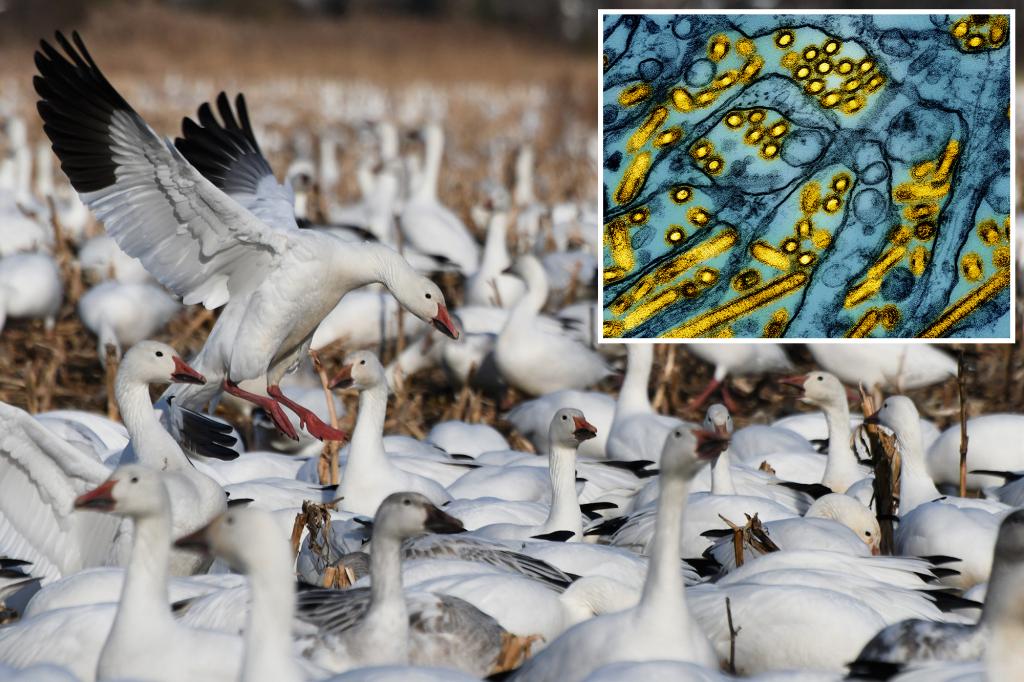The Lehigh Valley in Pennsylvania is facing a concerning situation as over 200 snow geese have been discovered dead, suspected to have been killed by the avian influenza virus, also known as bird flu. The two sites where the geese were found, Lower Nazareth Township in Northampton County and Upper Macungie Township in Lehigh County, are not far apart, just over 20 miles. Early testing has revealed the presence of the H5N1 virus in some of the geese, although this still needs to be confirmed by the US Department of Agriculture.
Experts are worried that the death toll of snow geese from bird flu could continue to rise as the cases skyrocket. Infected birds that were still alive were also found at the two locations, raising concerns about the spread of the disease to other animals. Travis Lau from the Pennsylvania Game Commission, which is investigating the cases, expressed hope that these mortality events do not indicate a larger outbreak is on the horizon.
The avian influenza virus can be deadly for birds, as there is currently no cure or treatment available for the disease in animals. Infected birds often need to be humanely euthanized to prevent further spread of the virus. The rapid progression of the disease means that infected birds can die in less than a day, contributing to a devastating impact on wildlife. Other animals, such as eagles, could also be at risk as they feed on the carcasses of infected birds.
Bird flu cases have been increasing across the United States, affecting a wide range of animal species, including birds, cows, and house cats. Human infections have also been reported, with a total of 66 cases nationwide. California experienced the highest number of cases in 2024, with 36 confirmed cases linked to exposure to infected cattle. There were also recalls of raw milk products in California due to contamination with bird flu.
Since January 2022, nearly 11,000 wild birds and over 129 million poultry have been infected with bird flu in the United States. Outbreaks have been reported in all 50 states as a result of infections in poultry. The widespread nature of the outbreaks is concerning for both animals and humans, highlighting the importance of monitoring and controlling the spread of the virus. Efforts to prevent further infections and protect wildlife are crucial in addressing the ongoing bird flu crisis in the country.















